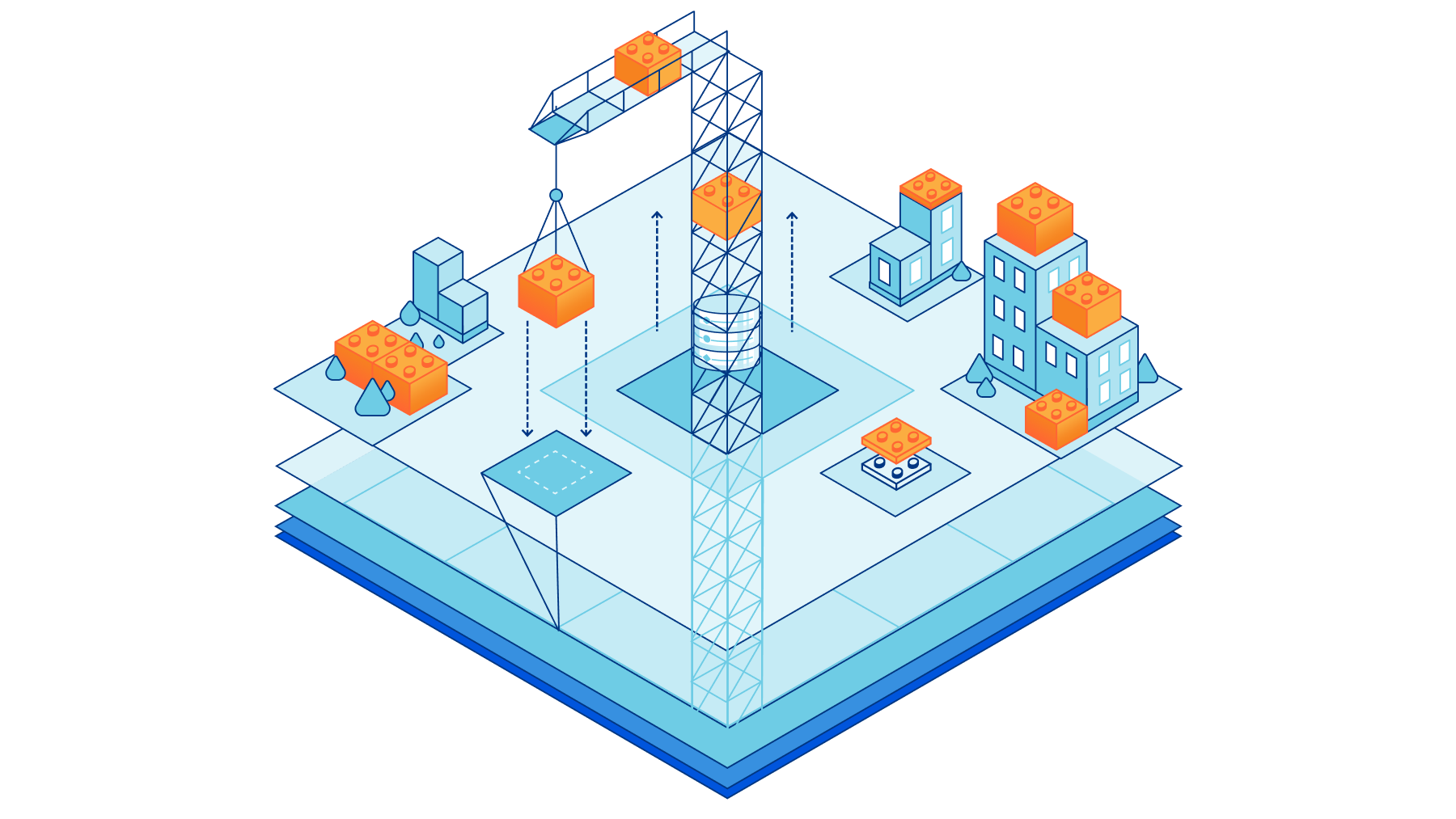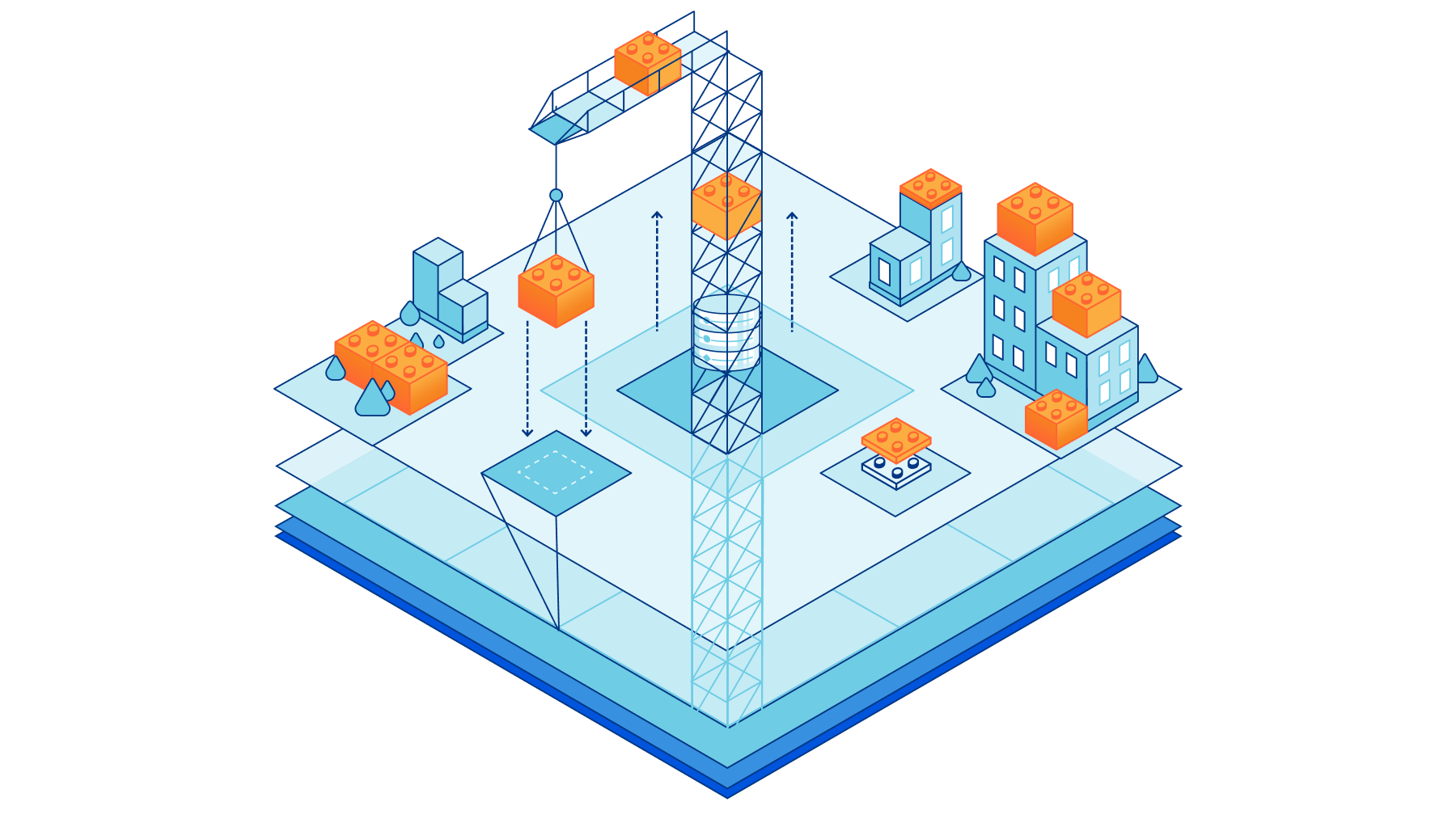0
Intel’s Gelsinger predicts chip shortage will run through 2024
Intel CEO Pat Gelsinger expects chip shortages will continue into 2024 due to a lack of manufacturing equipment and tools to make the chips. Gelsinger made the comments during an interview with CNBC's TechCheck about Intel’s first quarter earnings. While the company did well in Q1, the outlook for Q2 is not as positive, and Intel stock took a hit for it.Semiconductor manufacturers have faced a number of challenges to meet demand, most notably production shutdowns due to the Covid pandemic. However, Gelsinger specifically linked the shortages to a lack of manufacturing equipment and difficulty building new semiconductor fabrication plants, or fabs.To read this article in full, please click here



